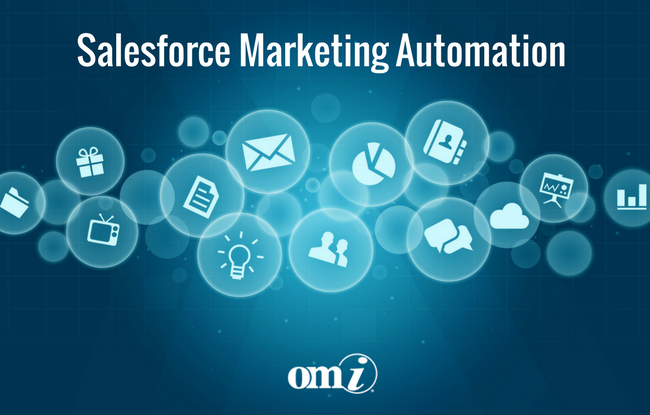While different types of businesses share some similar marketing goals, such as brand awareness or customer engagement, the fact that marketing automation models for B2C and B2B require somewhat different approaches should be pretty obvious. But the main difficulty here is to identify these slight variations and figure out how your marketing automation strategy needs to be set up.
Some changes may seem even insignificant at first, but after going through the full campaign they can be amplified and cause inconsistencies in your overall strategy. Perhaps the first thing that needs to be considered is what platform the company should utilize. For organizations that use Salesforce, this usually comes down to Marketing Cloud and Pardot.
But it is not always obvious which one you should choose, as it depends on the business’s needs and requirements.
Key Marketing Needs
Drive Qualified Leads to Sales
This is pretty much the “holy grail” of marketing. Over the last decade, marketers who support the sales department have been responsible for engaging with buyers throughout the entire sales cycle. For this particular requirement, delivering a personalized one-to-one buying experience is key.
B2C companies achieve this goal in a somewhat weird manner. First of all, companies that want to implement Salesforce ecommerce solution, for example, might not have a sales department in a usual sense, since the main goal is to drive the customer towards the shopping cart and press the “checkout” button. So naturally, B2C organizations resort to viral marketing with contests and landing pages that are aimed at a very short sales cycle. Lead management and nurturing here are much faster and more direct, relying on special offers “here and now!”.
Meanwhile B2B company needs to focus on qualifying leads and more natural communication. In this area, keeping track of each individual customer’s behavior is very important. B2C sector typically cannot allow itself the luxury of in-depth personalization, since the rotation of clients and volumes are typically much larger. And since the pipeline for B2B is much longer time-wise, the organizations need to focus on keeping the prospect warm at all times, by delivering the right content at the right time.
Moving Towards B2All Marketing Solution
We cannot talk about different marketing strategies without mentioning the so-called B2All engagement.
Today, it’s all about the convenience. This is perhaps the only trend in the world that was consistent for the past decades. Buying consumer goods is easier than ever before, you don’t even need to leave the house any longer, the seller will literally deliver it right to your doors.
Add in the fact that almost everyone has near-unlimited access to information. In the past, in order to sell to businesses, you had to be “part of the club”. You had to know the right people to get the inside scoop on a product’s performance. Today, there is an entire social network for this – LinkedIn.
So, these two factors, improved customer convenience and greater transparency of the market itself make the B2B and B2C sectors come closer together, from the perspective of the buyer.
B2B & B2C Marketing Automation Solutions
From the technological standpoint, implementing marketing automation for different types of businesses will require separate approaches. If you are focusing on running viral campaigns and strive to shorten your sales cycles, then your business might consider a platform that allows seamless email marketing, lead generation with landing pages, smart forms and powerful analytics. There are many B2B & B2C marketing automation tools offered on the market today.
For these purposes you can also implement Sales Cloud, its strengths lie in personalization and lead nurturing. With proper setup, your potential customers will be receiving highly engaging one-to-one interactions. The platform can utilize powerful predictive analytics solutions that can give you insights into member preferences and purchase history.
Sales Cloud is also very good at omni-channel marketing. Your business can run campaigns on virtually any channel, from landing page to SMS, all with just a team of two specialists behind the scene.
When implementing B2C marketing automation platforms, some companies even go as far as to utilize both solutions at the same time. But it creates a great deal of inconvenience since you need to manage multiple databases or implement a custom integration solution.
But luckily there are now platforms that go into the realm of B2All marketing and incorporate the best aspects of the two worlds.
Marketing Automation Platform by OMI
If you are interested in implementing a personalized marketing automation solution to improve customer engagement and drive more sales, you can always contact us at OMI. We have developed an all-around marketing automation platform – 366 Degrees. Our solution answers the needs of both B2B and B2C organizations. With 366 Degrees at your side, you can set up engaging video marketing, email campaigns, create beautiful landing pages in a matter of minutes.
By integrating the platform with Salesforce, you’ll gain a complete view of your current marketing operation as well as establish a powerful connection between sales and marketing departments. Our software is a perfect solution for marketing automation and integration of your email campaigns with other sales channels. 366 Degrees is an all-round platform that provides an effective way to run all of your marketing campaigns from the convenience of a single interface.
